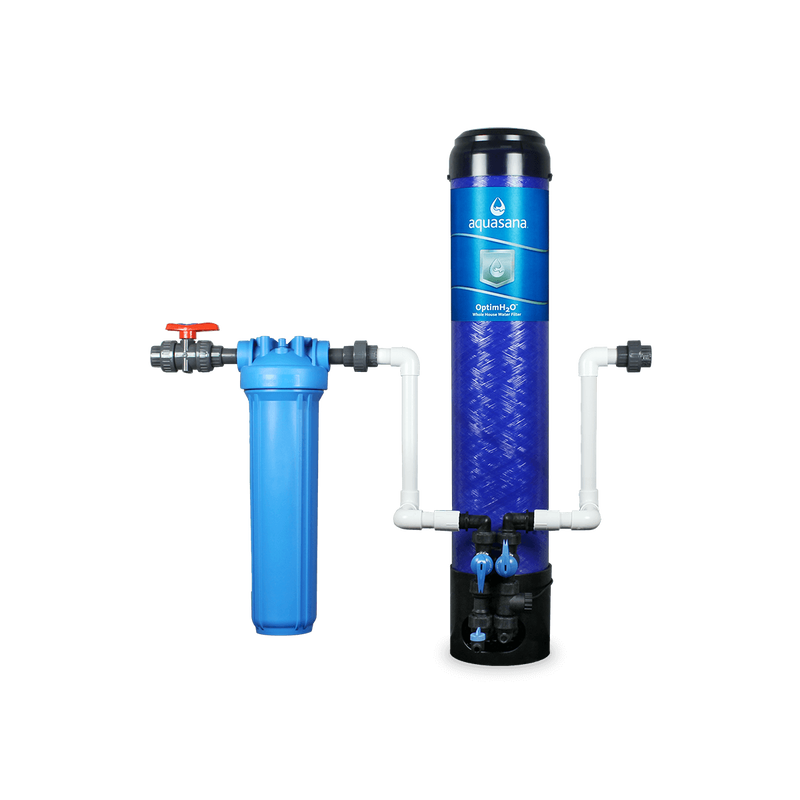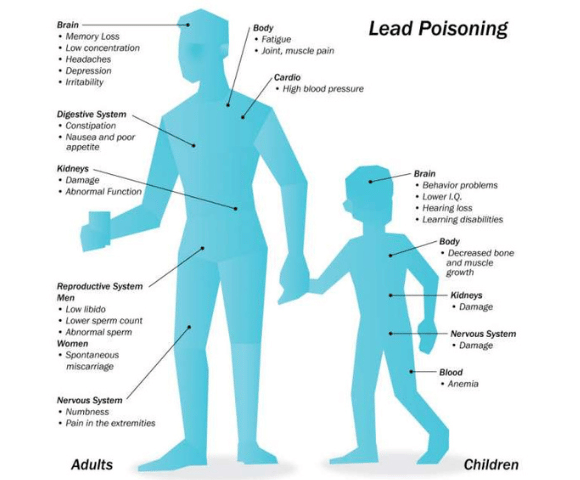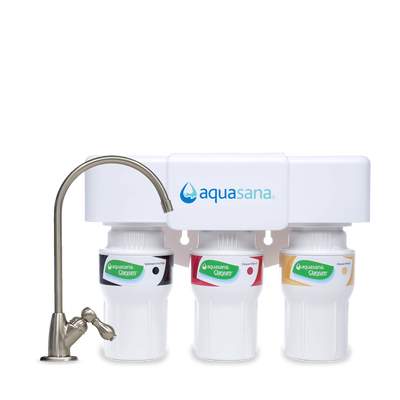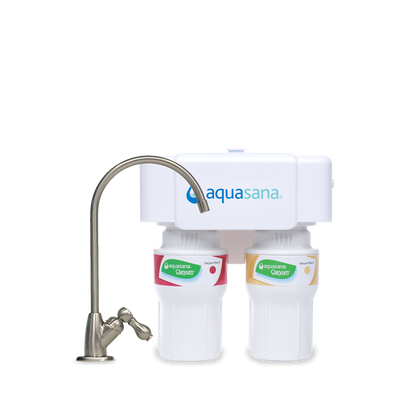How it got there
In all honesty, you don’t have to go back as far as Ancient Rome to really understand how lead came to be popularized. The Industrial Revolution was the first time lead was used at the rate that it was back during the Roman Empire. It was during that era that it made its way into our world — and our pipes — once again.
The Water Quality Association reports that, most often, sources of lead contamination are “lead service lines, lead-containing solder, and brass fittings.” In layman’s terms? This means that contamination occurs somewhere between leaving the municipal treatment plant and entering your home.So what is the government trying to do about it? Legislation in 1986 and in 2011 has banned the use of lead pipes in homes and in plumbing systems, respectively. However, the use of lead before those dates continues to be a problem nationwide, not to mention, homes built after 1986 could still have pipes with lead solder. While the EPA is working to address the issue of our aging infrastructure, their efforts will take time and require substantial resources. The Drinking Water Infrastructure Needs Survey identified “a total of $384.2 billion in capital improvement needs over the next 20 years (2011 through 2031), in addition to the $271 billion in clean water infrastructure investments that will be necessary over the same period of time.”
Most recently, President Trump signed a bipartisan bill that passed the Senate 99-1, called the Water Infrastructure Act of 2018. According to CNN, this bill works to solve two problems at once: lowering the deficit and working to solve the problem of America’s aging infrastructure as it authorizes funds for future projects, expands water storage capacity, and allows for upgrades to wastewater, drinking and irrigation systems. It will do this with the goal of turning, “$200 billion in federal money into $1.5 trillion for fixing America’s infrastructure by leveraging local and state tax dollars and private investment.”
But as the Government works to make money moves, many Americans are still at risk of lead poisoning. Whether your home was built before 1986, or water runs through lead-contaminated pipes on its way from the treatment plant to your home, you’re still at risk.
Get the lead out
Municipalities often send out notices regarding drinking water when the public needs to take precaution. Take it seriously. Save the notice and don’t be afraid to call with follow-up questions. Sometimes water suppliers have reason to play down the seriousness of contamination issues. Don’t let complicated wording stop you from knowing the truth. If questions about the notice still linger, take the time to follow up.
Don’t wait to find out. Look for your water supplier’s Consumer Confidence Reports online, or call and request a copy. Check water quality by accessing the Environmental Working Group’s database. Water quality tests also exist – it’s as simple as sending out a sample to find out.
One of the best ways to remove lead from water is to filter it. Though this is something we say often at Aquasana – not all filters are created equal. When it comes to buying a filter, according to CNN, “caution is in order, as not all filtering systems on the market block lead. The NSF lists ratings on three types: reverse osmosis, filter systems, and distillation. It warns that many popular pitcher-type filters don’t meet today’s standards for lead reduction, although they may filter other contaminants.”
Several Aquasana drinking systems have always reduced lead from drinking water – more than 99%; that’s not breaking news. That just a part of our mission: to give you healthy, clean delicious water.
Our SmartFlow® Reverse Osmosis, for example, WQA tested and certified to NSF/ANSI Standards 42, 53, 58, and 401 to reduce lead, as well as 89 other harmful contaminants.
And now, our first-of-its-kind OptimH2O® Whole Housse filter, is IAPMO tested to NSF/ANSI Standard 53 to shield your whole house from lead, for clean, healthy water from every single tap in your home. The system is also tested and certified to reduce 99% of lead and cysts, 98% of PFOA/PFOS, and also tackle 90% of chlorine and chloramines.
For a substance that is tasteless, colorless, and odorless, and with an aging water infrastructure that’s compounding on the problem, it’s more important now than ever to invest in a water filter.
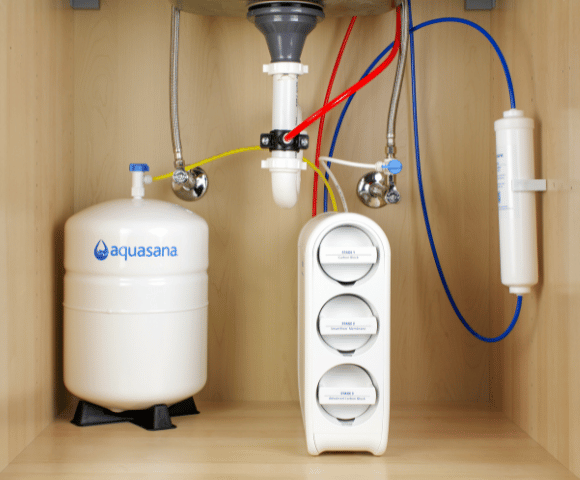
WHOLE HOUSE WATER FILTER
OptimH2O®
Tested and certified to reduce lead, cysts, and PFOA/PFOS, plus tackles chlorine and chloramines.
